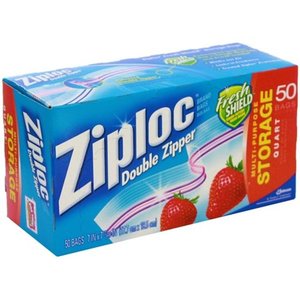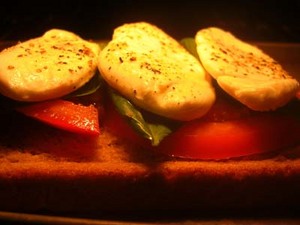Carrying loaded coolers and heavy boxes of camp food into camp is not a part of the camping trip anyone looks forward to, and experienced camp cooks know they miss a lot of the camping experiences they came to enjoy because they are busy preparing and cooking the camp meals .
These simple camping tips will show you how to save time, weight and bulk, and get out of the camp kitchen sooner.
The Number 1 tip: Freeze everything you can!
Ice is a big part of the weight and bulk of your camp coolers, so every camp food item that you freeze before packing will reduce the amount of ice needed in the coolers. Except for the meal items you need for your first meal after arrival, freeze everything you can, but use common sense; you can’t freeze milk, eggs or oil-based food items that will crystallize.
Camp Cooking Tip: Ziploc freezer storage bags are your best friend.
They are a smart cook’s secret weapon to save time and labor. An experienced camp cook pays tribute to the genius of Ziploc every time they pack for a weekend of outdoor camping. They live by the motto: “Never take a box or can when a Ziploc will do!”
Freeze your: Meats – Veggies – Sauces – Juices
Take everything you can out of its original bulky packaging and put it in a Ziploc freezer bag.
Look at the camp meal items you plan to put in the cooler -freeze everything you can, even your meats, they will be safe in their Ziplocs, (remember to only use the stronger double-sealed freezer bags), and will act as ice packs. You can also freeze all the sauces and non-dairy liquids, and with a little planning they will be thawed by the time you need to use them.
Save; Time, Weight, Trash
The idea is to use Ziploc bags in place of cans and boxes, and to hold prepped items. The way to start is to look at the planned camp meal menus, and food supplies. Think about what ingredients, and, how much of each you will need for your meals and campfire recipes, then consider what preparation each meal will need.
Dry Food:
Starting with your campfire recipes, evaluate the prep work. Any ingredient prep work that doesn’t need to be done on the spot can be done at home and put in a Ziploc freezer bag, instead of waiting to do it at camp. This will not only save time at camp, it will also save weight and space. Don’t be shy with this, everything that you can prep at home, will add to the time you have to enjoy the outdoor camping fun you came for. Especially if it is part of an involved camping recipe.
Now look at the list of boxed or canned food items needed for your camp meals. Look for anything that can be put in a Ziploc instead of a can or box. Canned items, like a can of condensed soup, and boxes of mixes, like pancake mix, will travel just as well in double-sealed Ziplocs, allowing you to save the extra weight and bulk of the packaging, and will also reduce the amount of trash you have to deal with.
Also think about ingredient quantities -if you will only use one pound of something, why take a five pound package. Put the quantity you need in a Ziploc and leave the rest at home. This also works for the simple things like spices, and salt and pepper. You won’t need full containers for your campfire recipes, so put what you need in sandwich baggies and leave the containers home.
Cold food:
Look at the cold food items with the same objectives you did with the dry foods. It’s surprising how all those little individual weight and space savings add-up to big reductions. If it can come out of a container or bulky carton and into a Ziploc, do it.
Here are some examples:
- Canned foods will travel just as well in a Ziplocs if carefully packed, and if you can freeze them, they will also act as an ice pack in your cooler
- Veggies – frozen veggies have a fresher taste, (vs. canned), and work great for camp meal recipes.
- Baking potatoes are great candidates for freezing, not only will they act as giant ice cubes for cooling, but a frozen potato will have a fluffier consistency when baked in campfire coals.
Get the idea?
Once you start using Ziplocs for your camp food and campfire recipe ingredients, you’ll wonder how you ever packed for a camping trip without them. And the sturdy freezer bags are not like thin sandwich bags, they are much thicker and safer than you think, so don’t be timid about what you put in them. Challenge yourself, how much weight and bulk can you leave at home?
For more detailed information, including an example of a typical camp dinner done the smart way versus the all-in-camp way, check out Gus’ article: Camp Meals – Packing and Cooking the Smart Way
You can see more of Gus’ articles, including outdoor camping resources, camping guides, and time-tested camping tips at Campingwithgus.com





